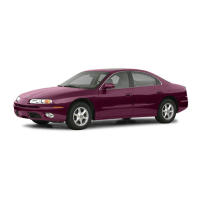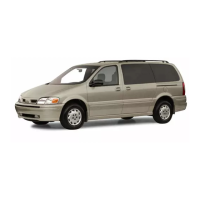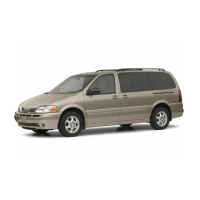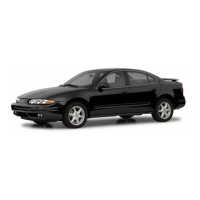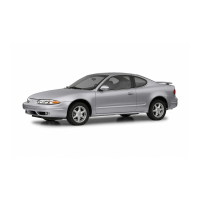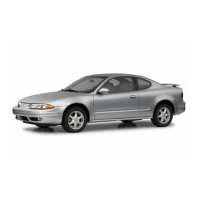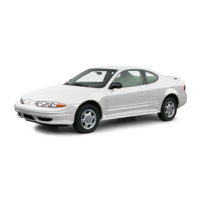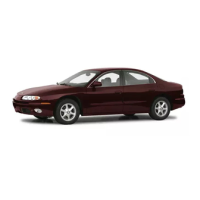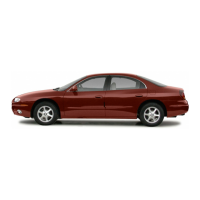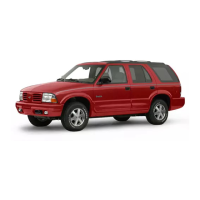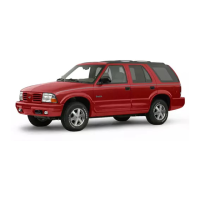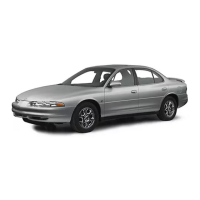Air
Bag
Systems
This part explains the frontal and side impact air bag
systems.
Your vehicle has four air bags
-
a frontal air bag for
the driver, another frontal air bag for the right front
passenger, a side impact air bag for the driver, and
another side impact air bag for the right front passenger.
Frontal air bags are designed to help reduce the risk
of injury from the force of an inflating frontal air bag.
But these air bags must inflate very quickly to do their
job and comply with federal regulations.
Here are the most important things to know about the
air bag systems:
You can be severely injured or killed in a crash
if
you aren’t wearing your safety belt
-
even if
ywu
IIQV‘t:
Qll
uaya.
wwGca.*#ny
yw-I
aunccy
Us#..
during a crash helps reduce your chance of
hitting things inside the vehicle or being
ejected from
it.
Air bags are designed to work
with safety belts but don’t replace them.
.--.-
Le..-
-.:w
L-m-
\A/ACIY;~II
w,rn.s~
eda+\r
ksl+
Frontal air
L-JS
for the driver an-. :ight front
passenger are designed to deploy only in
moderate to severe frontal and near frontal
crashes. They aren’t designed to inflate at all
in rollover, rear or low-speed frontal crashes,
or in many side crashes. And, for some
unrestrained occupants, frontal air bags may
provide less protection in frontal crashes
than more forceful air bags have provided
in the past.
The side impact air bags for the driver and
right front passenger are designed to inflate
only in moderate to severe crashes where
something hits the side of your vehicle.
They aren’t designed to inflate in frontal,
in rollover or
in
rear crashes.
Everyone in your vehicle should wear a safety
belt properly
-
whether or not there’s an
air bag for that person.
1
-69

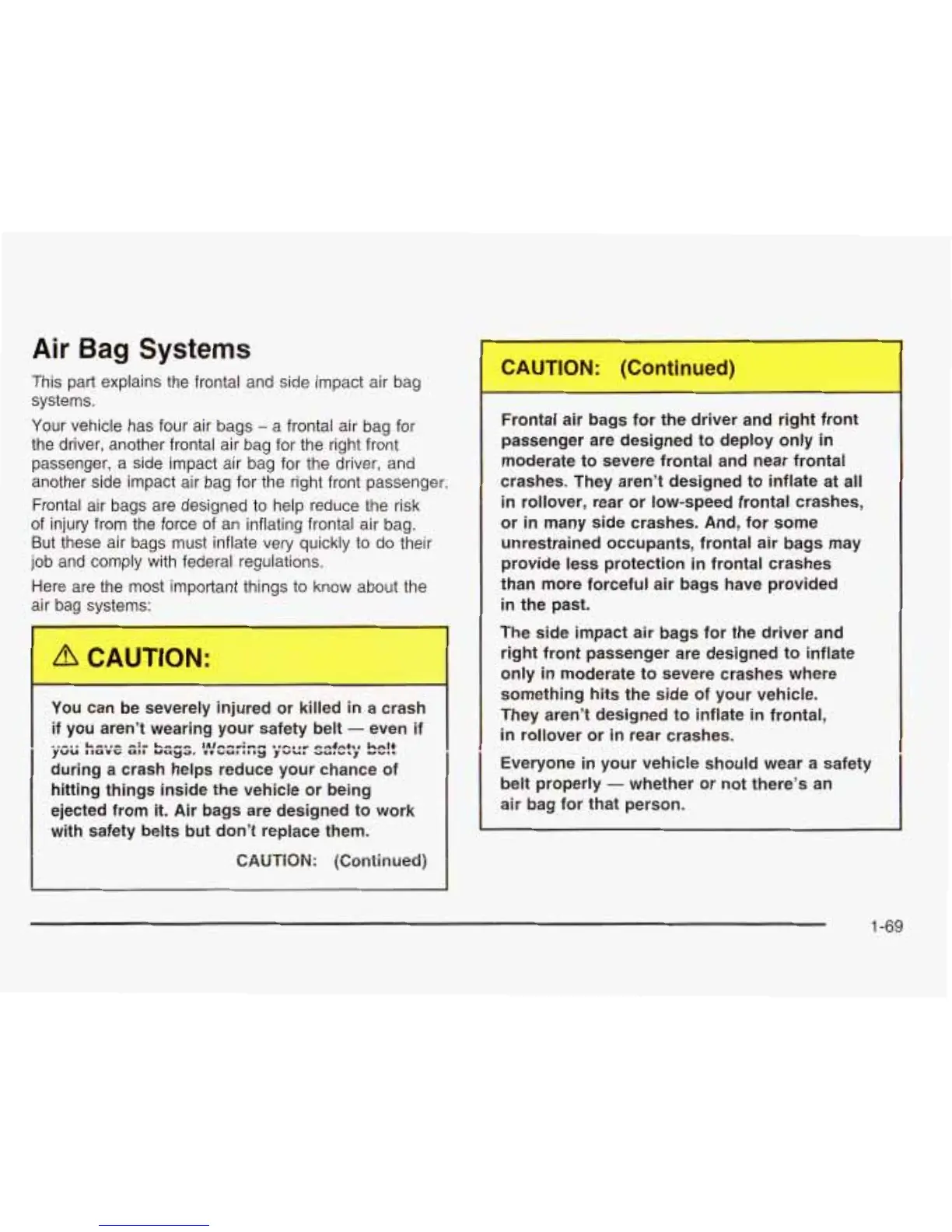